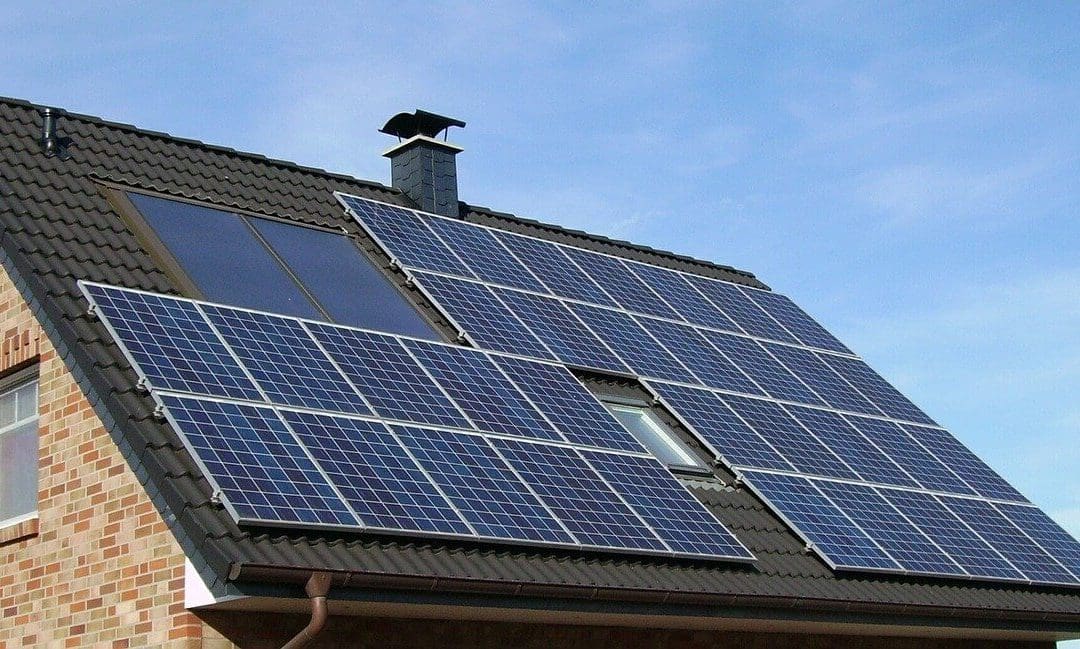Eco-friendly home improvements are a practical way to make your home more sustainable, comfortable, and efficient. Green upgrades will reduce energy bills, improve indoor air quality, and make daily life more convenient. Beyond personal benefits, these improvements help reduce your household’s environmental footprint, conserve natural resources, and increase property value over time. Small changes like switching to energy-saving lightbulbs or larger renovations like installing solar panels are eco-conscious choices that create a healthier and more enjoyable living environment.
Energy Efficiency at the Core of Eco-Friendly Home Improvements
One of the most impactful eco-friendly home improvements focuses on energy efficiency. Updating old appliances to ENERGY STAR-rated models instantly reduces electricity and water usage. LED lighting provides long-lasting illumination with far less energy, and smart thermostats ensure heating and cooling systems only operate when necessary. Sealing drafty windows, adding weatherstripping, and upgrading insulation are small changes that prevent heat or cool air from escaping, making homes more comfortable year-round. Each of these improvements helps homeowners save money while reducing their carbon footprint.
Water-Saving Eco-Friendly Home Improvements
Conserving water is an essential aspect of sustainable living. Low-flow showerheads, faucets, and toilets reduce water usage without sacrificing performance. Dual-flush systems or high-efficiency toilets are easy to install and make a noticeable impact on monthly water bills. Outdoor water conservation includes rainwater harvesting systems, drought-resistant landscaping, and smart irrigation controllers that adjust watering schedules based on rainfall and soil moisture. These water-focused improvements help households use this vital resource more responsibly and reduce overall consumption.
Improvements for Better Insulation
Many homes lose energy through poorly insulated attics, walls, and basements. Adding insulation made from eco-friendly materials like recycled denim or cellulose can dramatically improve energy efficiency. Sealing leaks around doors, windows, and ducts complements insulation upgrades, ensuring that heating and cooling systems work optimally. Homes with better insulation are quieter, more comfortable, and less reliant on energy, making this one of the most effective long-term eco-friendly home improvements.
Renewable Energy Options
Renewable energy is a powerful option for homeowners ready to take a larger step toward sustainability. Solar panels reduce reliance on the traditional energy grid and lead to significant savings over time. Tax incentives, rebates, and local programs often make solar installation more affordable. Sometimes, homeowners may even generate surplus energy to sell back to the grid. Other renewable energy options, such as solar water heaters or small-scale wind systems, can also make homes greener and more self-sufficient while reducing overall utility costs.
Health and Materials Benefits
Eco-friendly home improvements benefit not only the planet but also the health of your household. Traditional paints, flooring, and finishes often release volatile organic compounds (VOCs) and other harmful chemicals into indoor air. Choosing low-VOC paints, reclaimed wood, natural flooring materials, or recycled countertops reduces these toxins and promotes better air quality. Homes with improved ventilation, natural lighting, and non-toxic finishes create safer, healthier spaces for families. These improvements combine sustainability with long-term health benefits.
Everyday Eco-Friendly Home Improvements That Make a Difference
Not every upgrade requires a full renovation. Simple daily practices, like composting, using reusable products, or installing energy-efficient window coverings, make a noticeable impact over time. Switching to eco-friendly cleaning products, using smart power strips, or upgrading to water-saving irrigation systems are accessible changes that reduce resource use and support a greener lifestyle. These smaller steps complement larger renovations, creating a comprehensive approach to eco-friendly living.
Final Thoughts
Eco-friendly home improvements are a win-win: they save money, increase comfort, and reduce environmental impact. Whether you’re implementing small daily changes or investing in larger projects like solar panels or insulation, each improvement makes a difference. By making sustainable choices, homeowners create spaces that are healthier, more efficient, and better prepared for the future, benefiting both the household and the planet.
FAQs About Eco-Friendly Home Improvements
What are the most affordable eco-friendly home improvements?
Switching to LED bulbs, adding weatherstripping, and installing low-flow fixtures are cost-effective ways to immediately reduce energy and water use.
Do eco-friendly upgrades increase home value?
Yes. Energy-efficient and sustainable features are increasingly attractive to buyers, often resulting in faster sales and higher property value.
Can eco-friendly improvements be done in older homes?
Absolutely. Many upgrades, like insulation, energy-efficient windows, and water-saving fixtures, could be added to existing homes without extensive renovations.
How long does it take to see savings from eco-friendly home improvements?
The timeline varies depending on the upgrade. Simple changes like LED bulbs or low-flow fixtures show immediate savings on utility bills, while larger investments like solar panels or insulation may take a few years to fully recoup costs but continue providing long-term benefits.
Appalachian Inspection Services provides home inspection services to Western North Carolina. Contact us to schedule an appointment.

